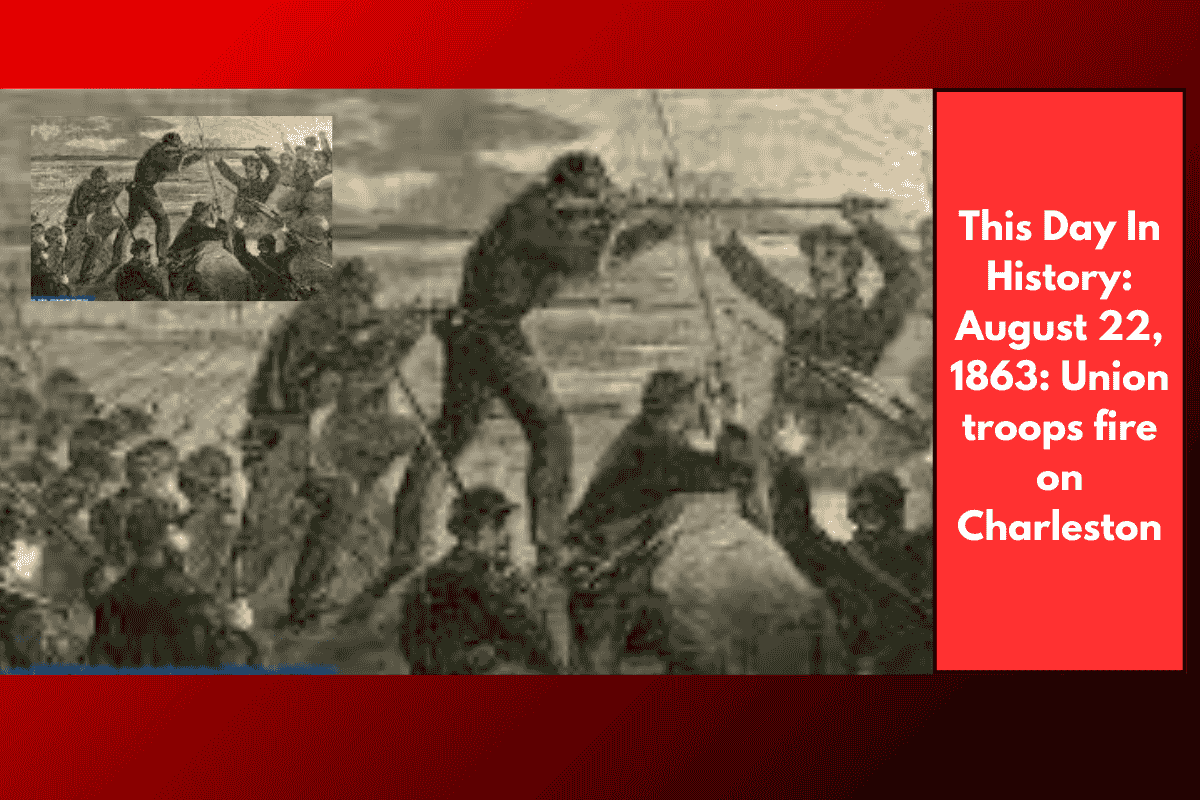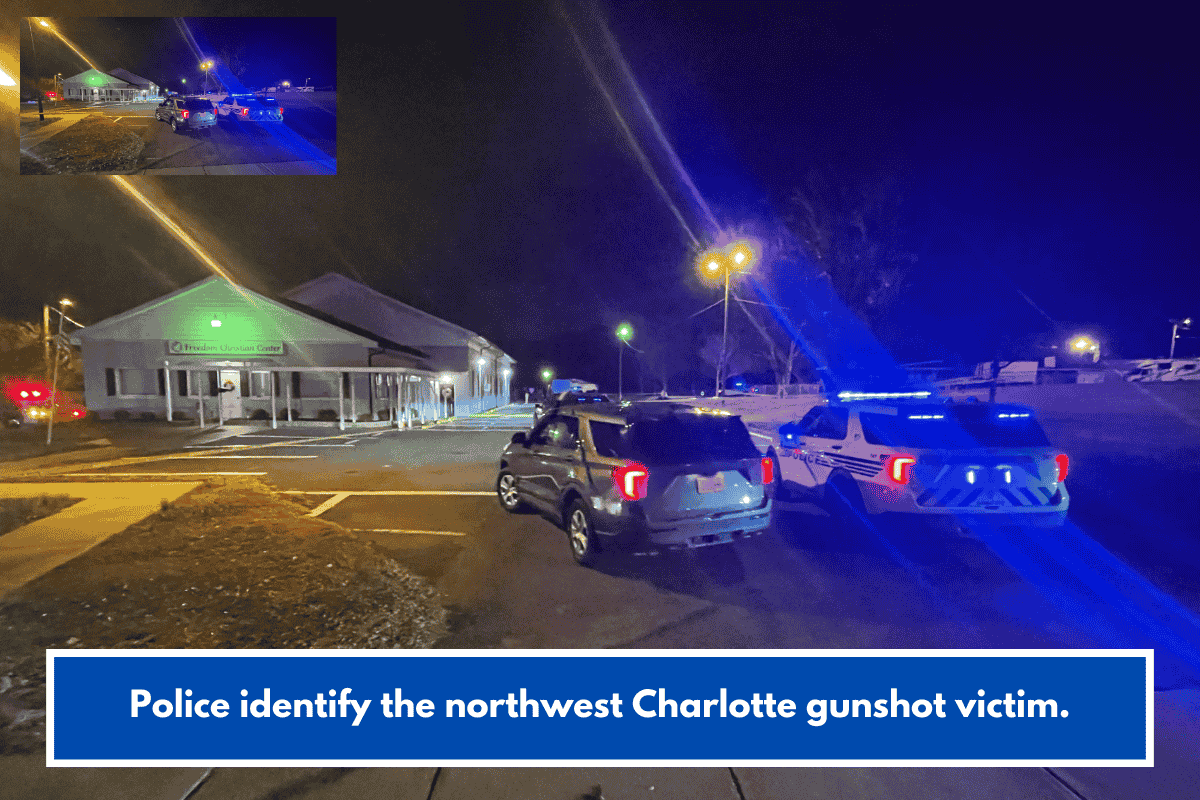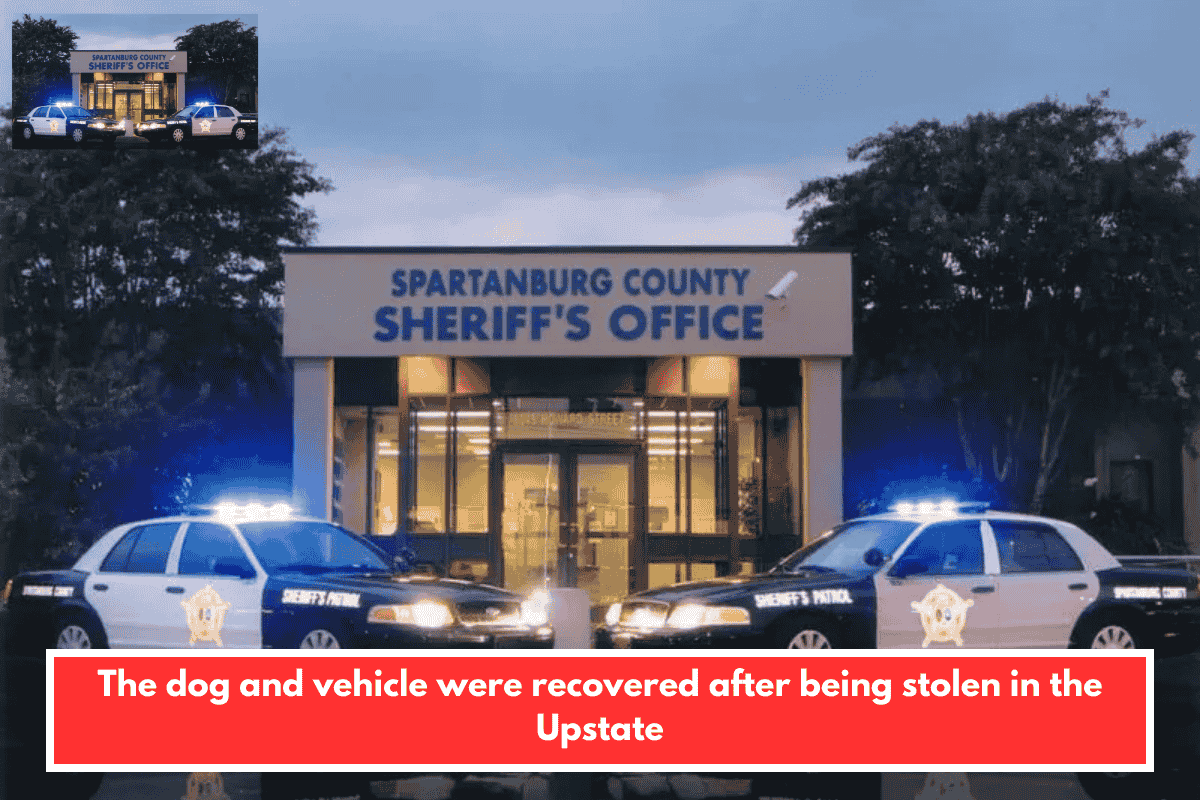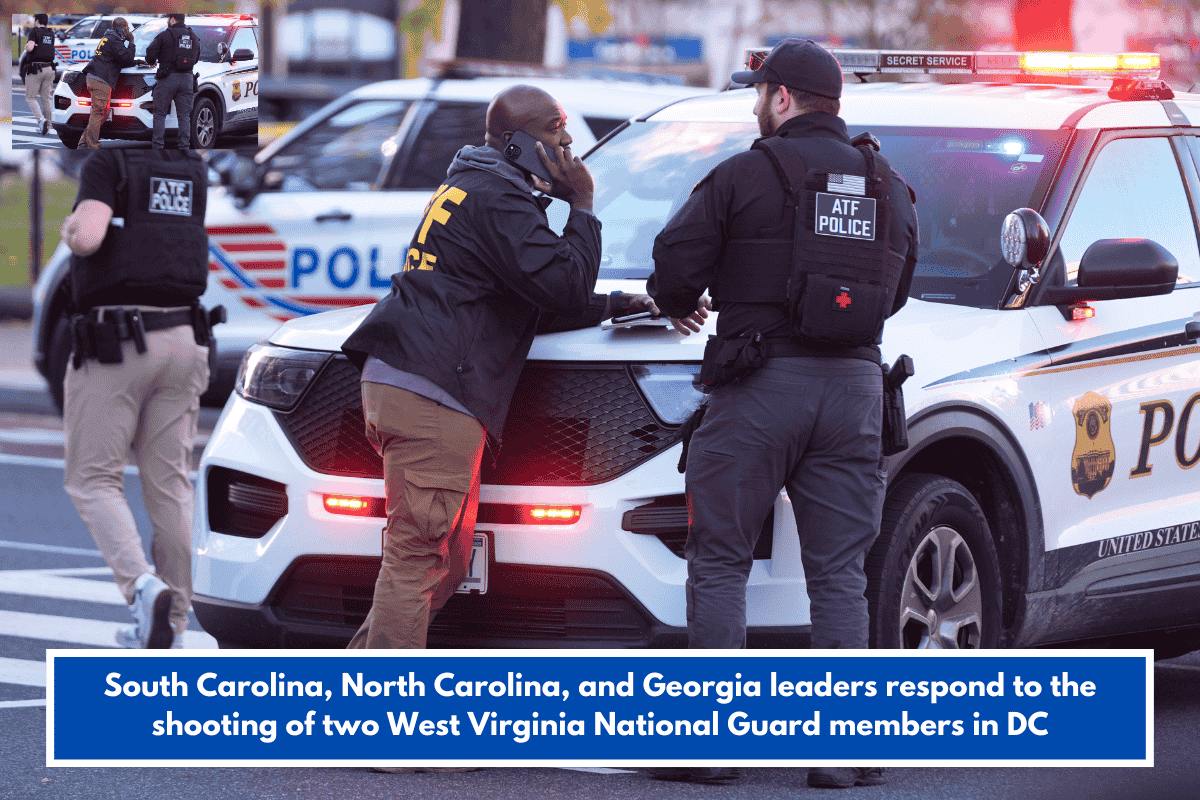On August 22, 1863, the City of Charleston found itself under direct attack during one of the most dramatic moments of the Civil War. After failing to take Charleston by sea, Union forces shifted tactics, launching a relentless bombardment from James Island and Morris Island—this time targeting civilians and the heart of the city.
Union Forces Change Strategy
Charleston was a key stronghold for the Confederacy, both strategically and symbolically. Earlier efforts by Union forces to invade the city via the harbor had failed, most notably during the Battle of Fort Sumter. So, in a new and more aggressive strategy, Union troops began shelling the city itself.
Thanks to advancements in weaponry and rifling technology, long-range artillery made it possible for shells to reach downtown Charleston. The very first recorded shell of this campaign struck Hayne Street, near the Market, narrowly missing the Charleston Hotel. It marked the beginning of a long and terrifying period of siege for the city’s residents.
A Meteor? Or Something Worse?
One British visitor in Charleston at the time described their experience of the first bombardment. Initially mistaking the bright light in the sky for a meteor, the realization quickly set in as multiple explosions echoed across the city.
This was not a battlefront assault—this was a civilian city under siege, and it marked a significant shift in how war was waged during the era.
Churches and Civilians Caught in the Crossfire
Union forces began targeting church steeples, likely because they stood out as tall landmarks. In response, many of Charleston’s churches were forced to shut their doors, as congregations feared becoming direct targets.
Contemporary newspapers reported waves of panic, as families began fleeing the city to escape the bombardment. Those who remained had to adapt to life under constant threat, living in basements, shelters, or fleeing to the countryside.
A Turning Point in Warfare
The bombardment of Charleston wasn’t just significant for the city—it marked a turning point in military tactics, where the line between civilian and military targets began to blur. The use of advanced long-range weapons changed how wars were fought, and Charleston became one of the earliest examples of a modern urban siege.
The events of August 22, 1863, still echo through Charleston’s streets today. What began as a failed military invasion turned into a long and painful siege, changing the course of the war for the city and the people who lived there. The memories of shells falling on Hayne Street, churches forced to close, and civilians fleeing their homes serve as a powerful reminder of Charleston’s resilience—and of the human cost of war.














